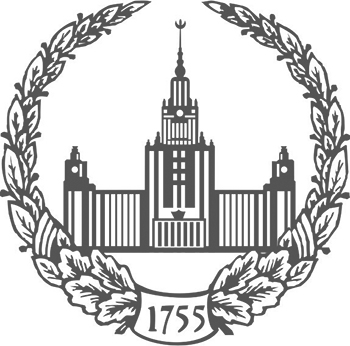
-
Sanitary losses of the red army during the Great Patriotic war: the experience of statistical analysis of the national composition of military personnelMoscow University Bulletin. Series 8: History 2022. N 5. p.67-92read more1218
-
The scale and structure of the losses of the Red Army during the Great Patriotic War undoubtedly constitute a relevant academic problem. A separate aspect of this problem is the national structure of the losses of the Red Army. So far, in the works covering this issue, researchers have made attempts to establish the national structure of the irretrievable losses of the Red Army using calculation method, based on the erroneous assumption that losses were proportional to the representation of each Soviet ethnic group in the Red Army. This study is based on the albums of the payroll of the Red Army personnel. They were prepared by the General Staff twice a year (ahead of 1 January and 1 July) for the top leaders of the country and the armed forces, and were made even prior to the war. These unique statistical sources that have become available in recent years and are stored in the Central Archive of the Ministry of Defense of the Russian Federation make it possible to partly solve the problem in relation to the establishment of the national structure of the sanitary losses suffered by the Red Army in 1943–1945 (registration of irretrievable losses by nationality was not conducted). The statistical analysis of these sources has showed that the level and structure of sanitary losses among different ethnic groups varied in a fairly wide range and depended on a large number of factors, the major one being the percentage of the ethnic group in the rank and file of the infantry. Being a member of the rank and file almost always, for all nationalities, meant an increased risk of being killed or wounded. This risk, as the study showed, was also amplified if an ordinary soldier belonged to the rifle troops. Although the obtained data cannot be mechanically extrapolated to all the losses of the Red Army as a whole, they nevertheless give an idea of the patterns in the number of losses of different nationalities, at least in the second and third periods of the war (1943–1945), and open prospects for further scholarly debate.
Keywords: Great Patriotic War; peoples of the USSR; Red Army; sanitary losses; statistical sources; statistical analysis
-
-
3D Modeling in the Tasks of Computer-based Reconstruction of Cultural Heritage: the Moscow State University’s ExperienceMoscow University Bulletin. Series 8: History 2024. Vol.65. N 6. p.84-104read more287
-
The article examines the development of 3D modelling for the virtual reconstruction of cultural heritage sites that are entirely lost or partially preserved. This research direction emerged in Russia in the early 21st century. The Department of Historical Informatics at the Faculty of History, Lomonosov Moscow State University, is the preeminent scientific and educational center in this field. The article draws upon materials prepared by the department’s staff and other Russian researchers, and outlines modern approaches to implementing projects related to the creation of 3D models of various monuments of Russian cultural heritage. Moreover, an analysis is conducted of the issues that have accumulated over a period of twenty-five years of work in this area. The reconstructed objects include churches and monastic complexes, historical urban buildings that have since disappeared, industrial structures, noble estates (not only the exteriors of manor houses but also their interiors, as well as the surrounding park ensembles and other natural recreational complexes), the study of Emperor Nicholas I, postal and railway stations of the late 19th century, a 19th-century prison castle, revenue houses, and residential interiors of notable figures, as well as historical costumes. The paper presents a systematic overview of the data concerning the source base of 3D modelling of historical objects, with a particular emphasis on the distinctive characteristics of the analysis of its constituent elements. It provides examples of specifi c objects virtually reconstructed by the Department of Historical Informatics. In addition to the reconstruction of specifi c buildings, VR and AR technologies were utilized to recreate entire urban spatial environments in which these objects once existed. These reconstructions, when coupled with their historical contexts, can be exhibited on smartphones and tablets, thereby markedly enhancing the utilization of 3D modelling outcomes in educational tours and activities. The author concludes with a discussion of the potential for applying developments in virtual reconstruction of historical objects in museum exhibitions and in the preparation of restoration projects for surviving historical structures.
Keywords: historical information science, virtual reconstruction, artificial intelligence, historical and cultural heritage,historical urbanism, 3D modeling, VR and AR technologies, Strastnoy Monastery in Moscow, Moscow White City, suburban estates from the 17th through the early 20th centuries
-


